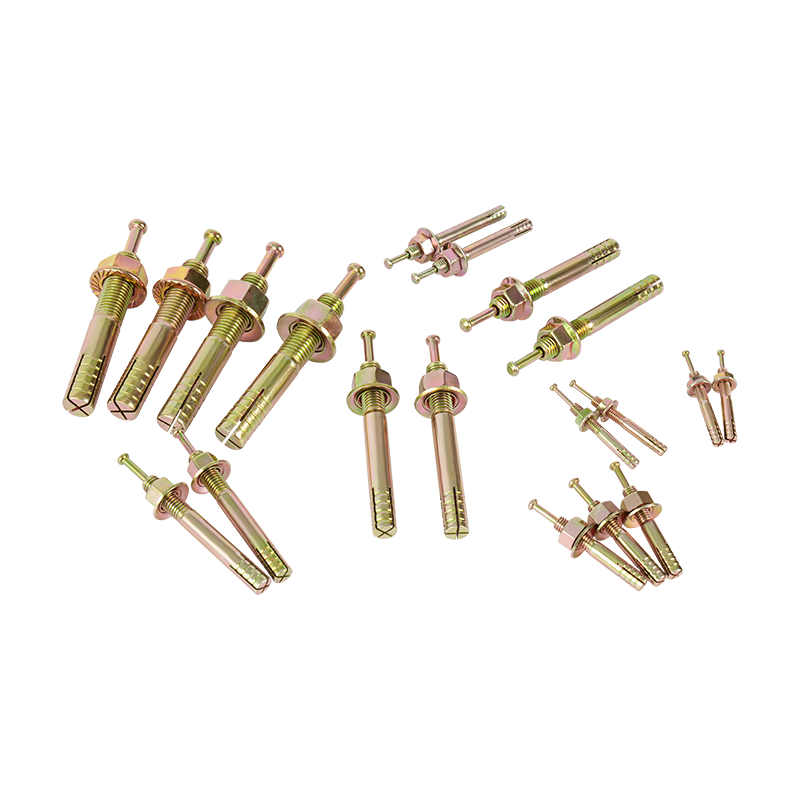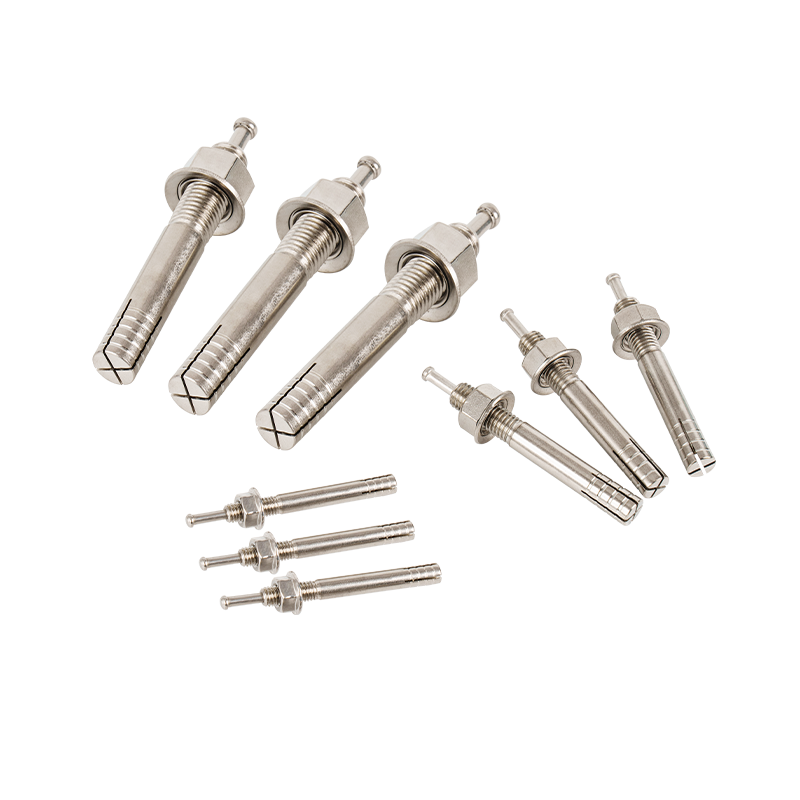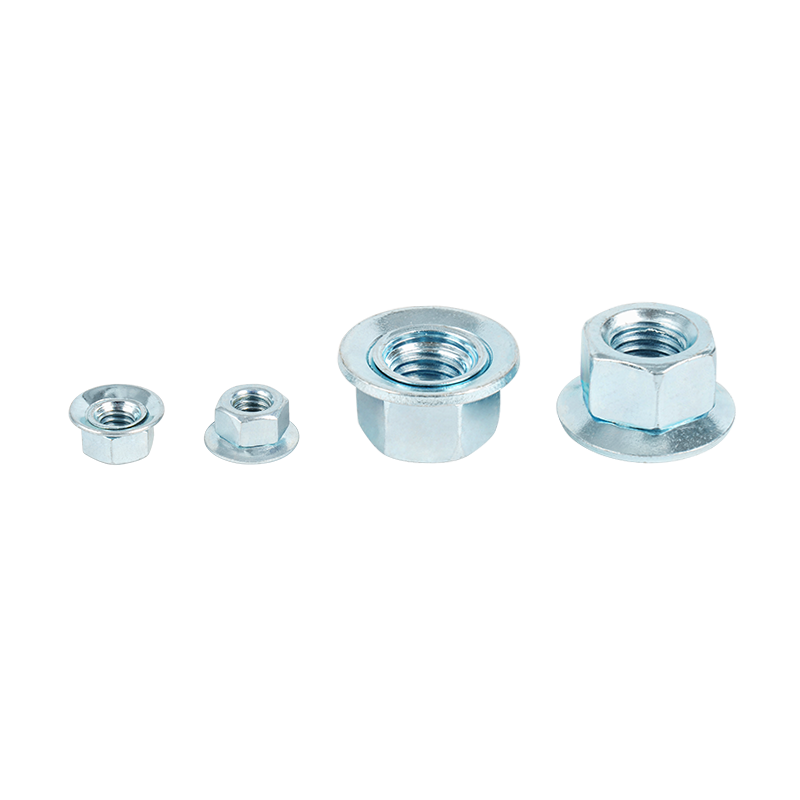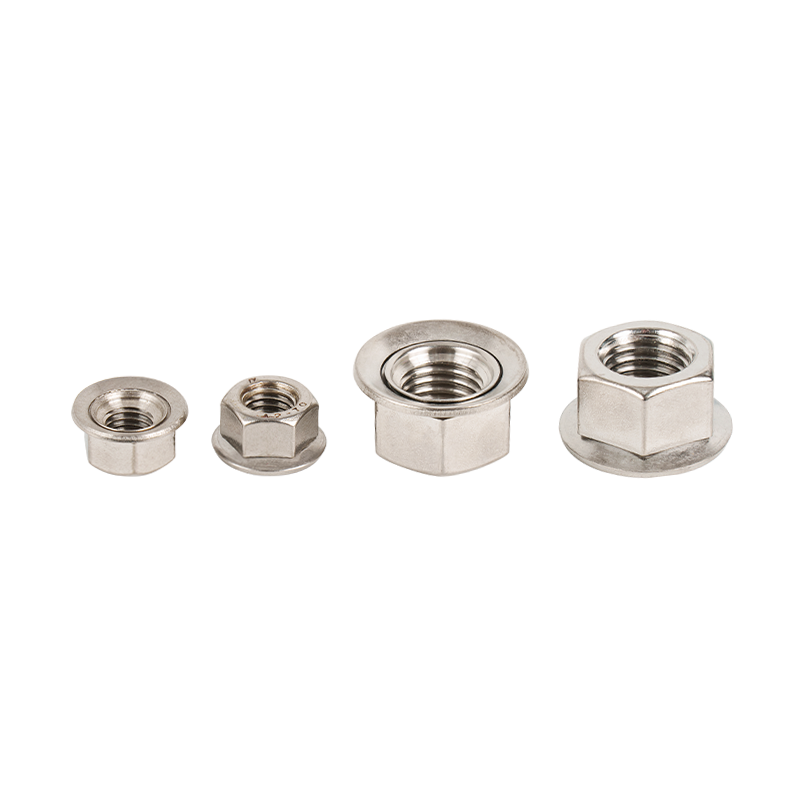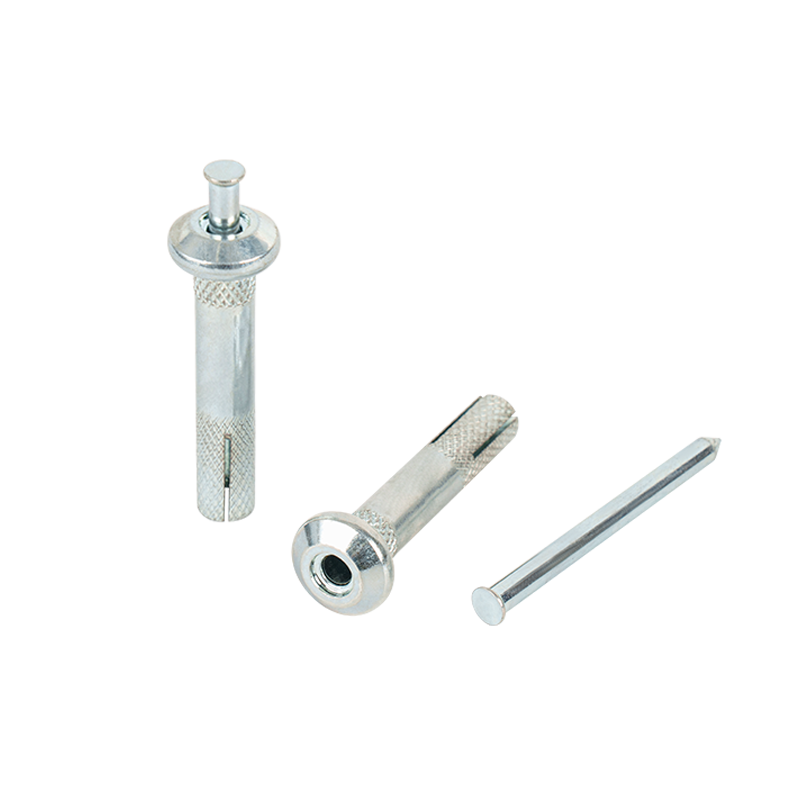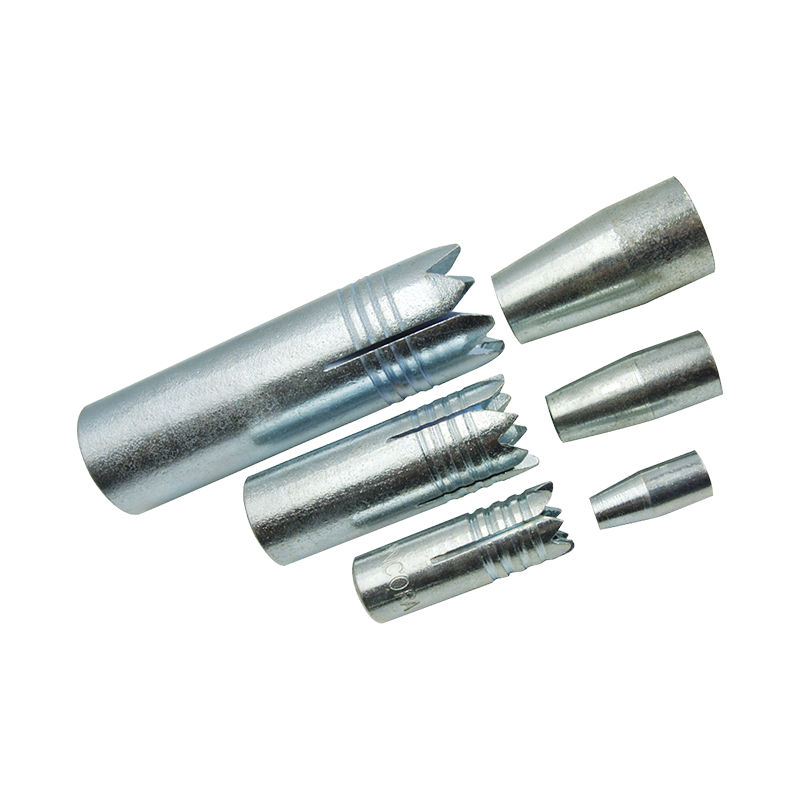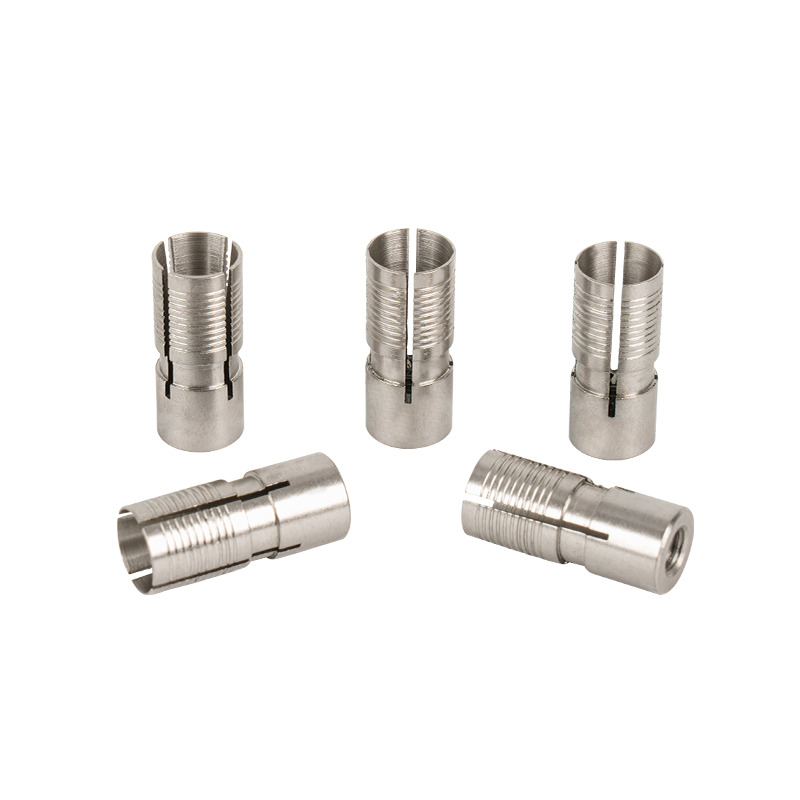What is a hit anchor, and how does it differ from other types of anchors used in construction?
2025-02-20
A hit anchor is a type of fastener used in construction and industrial applications to secure objects to concrete, masonry, or brick surfaces. Unlike traditional mechanical anchors or chemical anchors, which typically require extensive installation processes such as drilling or mixing, a hit anchor is designed to be installed quickly and efficiently, often with minimal tools. This makes it an ideal solution in situations where speed, ease of use, and reliability are essential.
The primary feature that distinguishes a hit anchor from other types of anchors is its installation method. Typically, a hit anchor consists of a steel pin or bolt housed within a metal sleeve. When the anchor is driven into the base material, the sleeve expands or deforms in response to the force of the hammer or impact tool, creating a strong bond between the anchor and the surface. This expansion mechanism is what gives the hit anchor its name, as the anchor is "hit" into place, making it fast and easy to install.
In comparison to traditional anchors, such as wedge anchors or drop-in anchors, which often require drilling holes and using a setting tool or a nut driver to expand the anchor, hit anchors are simpler and faster to use. There’s no need to drill a hole for the anchor body and then install the anchor with special setting tools. Instead, with a hit anchor, the action of the hammer or impact tool causes the anchor to expand and grip the surface, providing a secure hold without the need for extensive preparation or tools.
One significant advantage of using a hit anchor over other types of anchors is the speed of installation. Since hit anchors do not require drilling large holes, they reduce the amount of time and labor involved in the process. This is particularly useful in construction projects where time is of the essence, such as during the installation of heavy machinery, shelving, or structural supports. The quick installation also reduces labor costs and enhances productivity on-site.
Additionally, hit anchors are versatile in terms of their usage. They are available in various sizes and designs to accommodate different load-bearing requirements, making them suitable for use in both light and heavy-duty applications. These anchors can be used in concrete, brick, or even hollow block masonry, depending on the design and material of the anchor. The ability to accommodate different base materials adds to the versatility and usefulness of hit anchors in a wide range of construction projects.
Another important feature of hit anchors is their durability. The materials used in the manufacturing of these anchors, such as steel, are designed to withstand high levels of stress, ensuring that the anchor remains secure over time. The expansion mechanism, which locks the anchor in place, helps maintain its grip even under heavy load conditions or when exposed to vibrations. This makes hit anchors an excellent choice for situations where the structure may undergo dynamic forces, such as in industrial settings or on projects involving machinery and equipment that generate vibrations.
Despite their many advantages, hit anchors are not always the best choice for every application. In certain cases, other types of anchors, like chemical anchors or sleeve anchors, may be preferred for their ability to handle specific environmental conditions or load requirements. For instance, chemical anchors may be better suited for environments where moisture or corrosive elements are a concern, as they create a more secure bond with the base material.

 English
English 日本語
日本語
